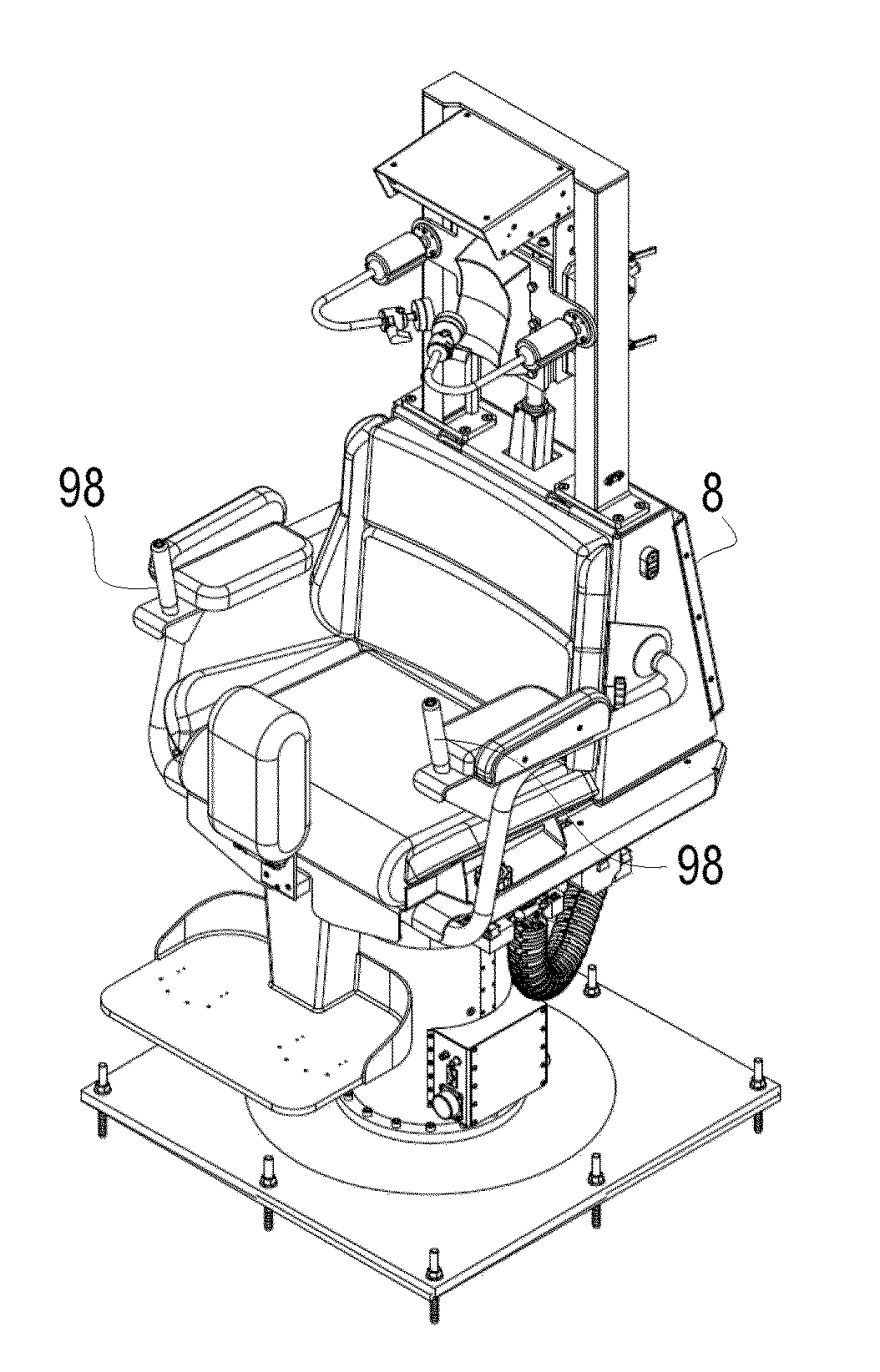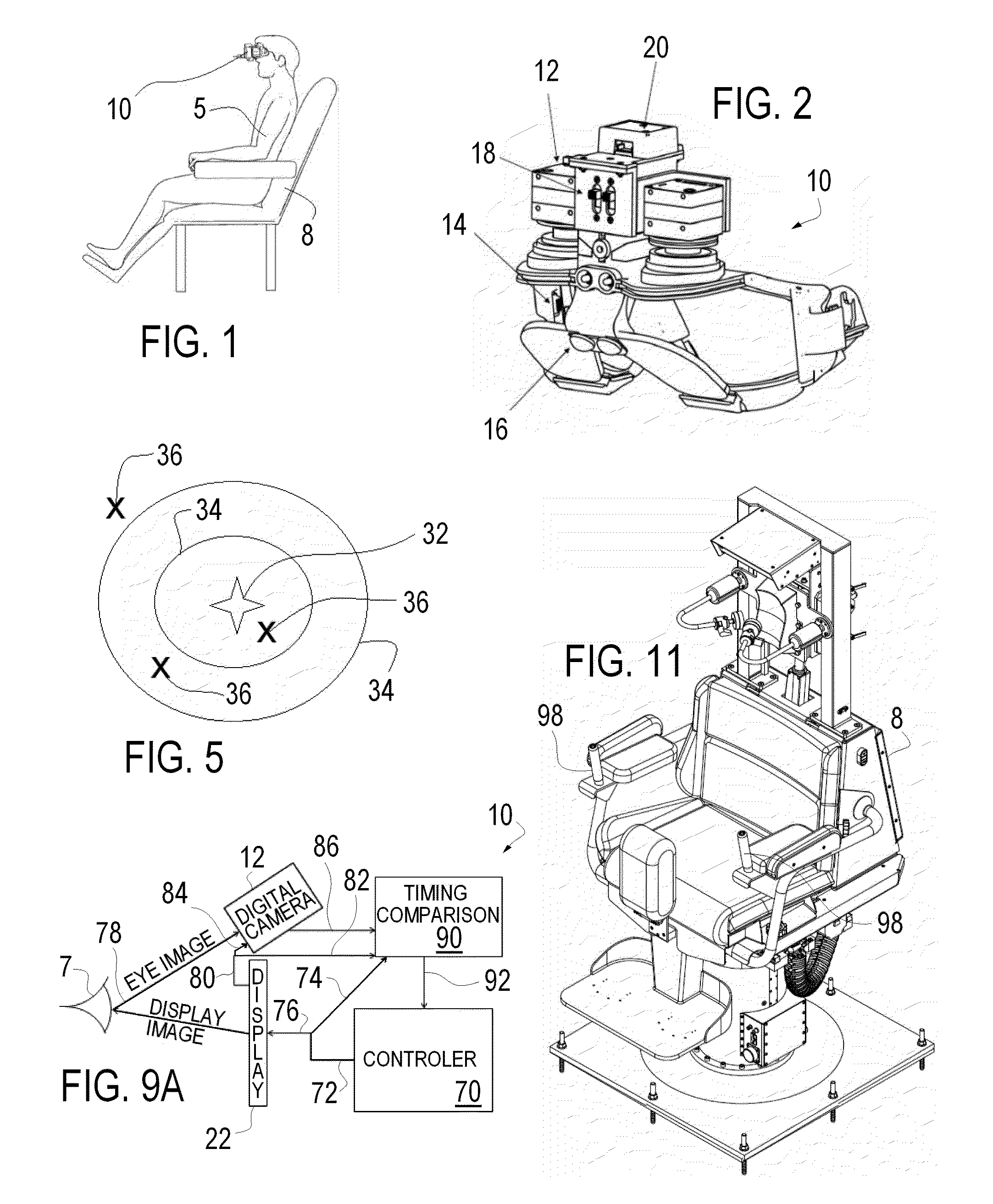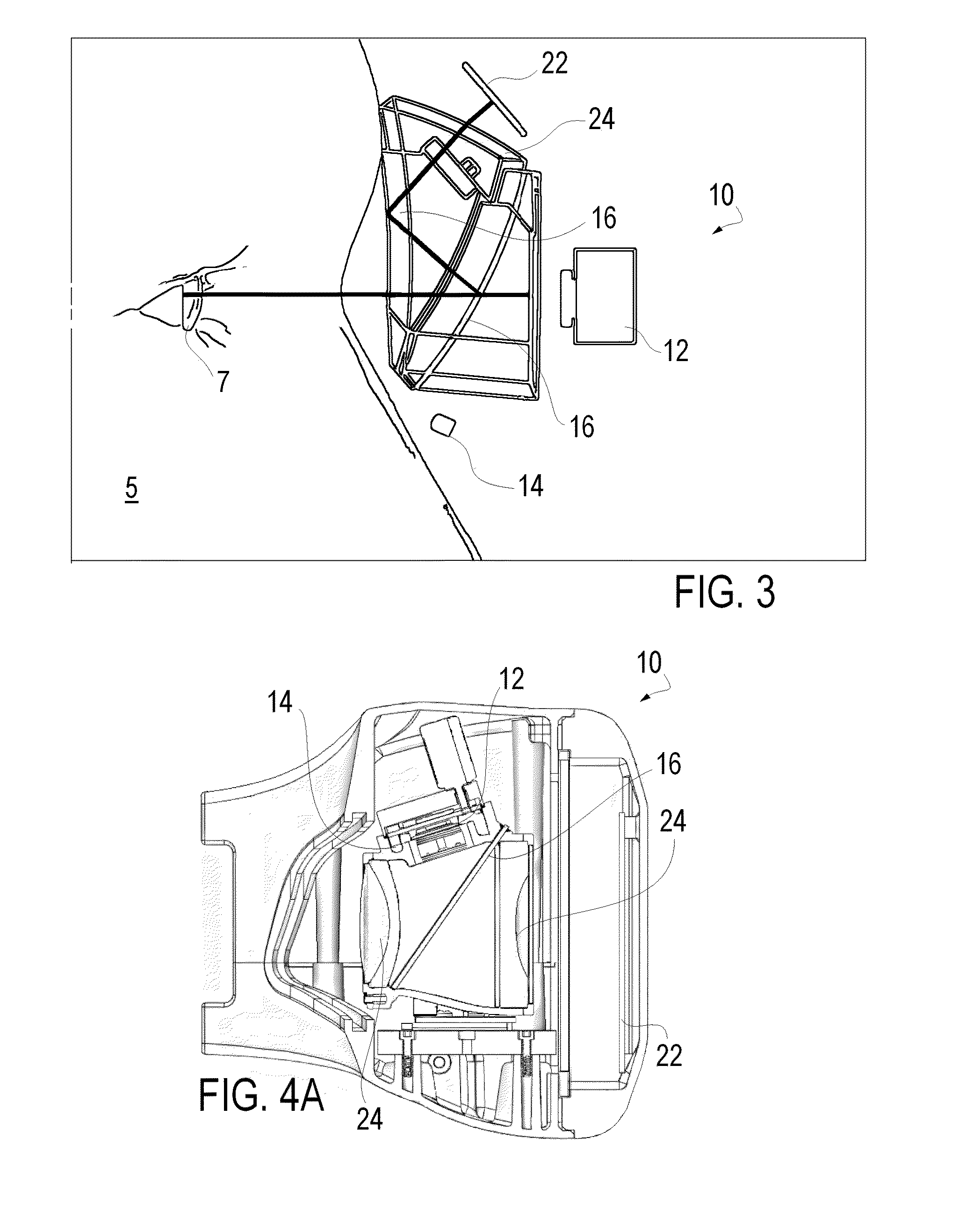Method of measuring and analyzing ocular response in a subject using stable pupillary parameters with video oculography system
a video oculography and subject technology, applied in the field of pupil testing procedures, can solve problems such as difficulty in using eog for measuring, insufficient or most relevant pupil related data of conventional pupilometry, and inconstant differen
- Summary
- Abstract
- Description
- Claims
- Application Information
AI Technical Summary
Benefits of technology
Problems solved by technology
Method used
Image
Examples
Embodiment Construction
[0037]The most widely used current eye tracker designs are video-based eye trackers. Video-based eye trackers within the meaning of this application are those systems obtaining visual images of the eyes. Some of these eye trackers have a convergence or gaze tracking function to calculate where the subject is looking. This calculated gaze may, for example, may be used as an input or control mechanism for other actions (e.g., such as proposed in certain heads up display (HUD) control systems. The record of the eye tracking has also been used to evaluate advertizing materials and the like. More relevant to the present invention, the record of the eye tracking has also been analyzed for eye evaluation purposes, which is generally the subject of the present invention. Video-based eye trackers are also known as Video-OculoGraphy (VOG) systems where the data obtained is used to analyze the subject's eyes and other physical attributes, as eye data has proven to be reliable biomarkers for va...
PUM
 Login to View More
Login to View More Abstract
Description
Claims
Application Information
 Login to View More
Login to View More - R&D
- Intellectual Property
- Life Sciences
- Materials
- Tech Scout
- Unparalleled Data Quality
- Higher Quality Content
- 60% Fewer Hallucinations
Browse by: Latest US Patents, China's latest patents, Technical Efficacy Thesaurus, Application Domain, Technology Topic, Popular Technical Reports.
© 2025 PatSnap. All rights reserved.Legal|Privacy policy|Modern Slavery Act Transparency Statement|Sitemap|About US| Contact US: help@patsnap.com



